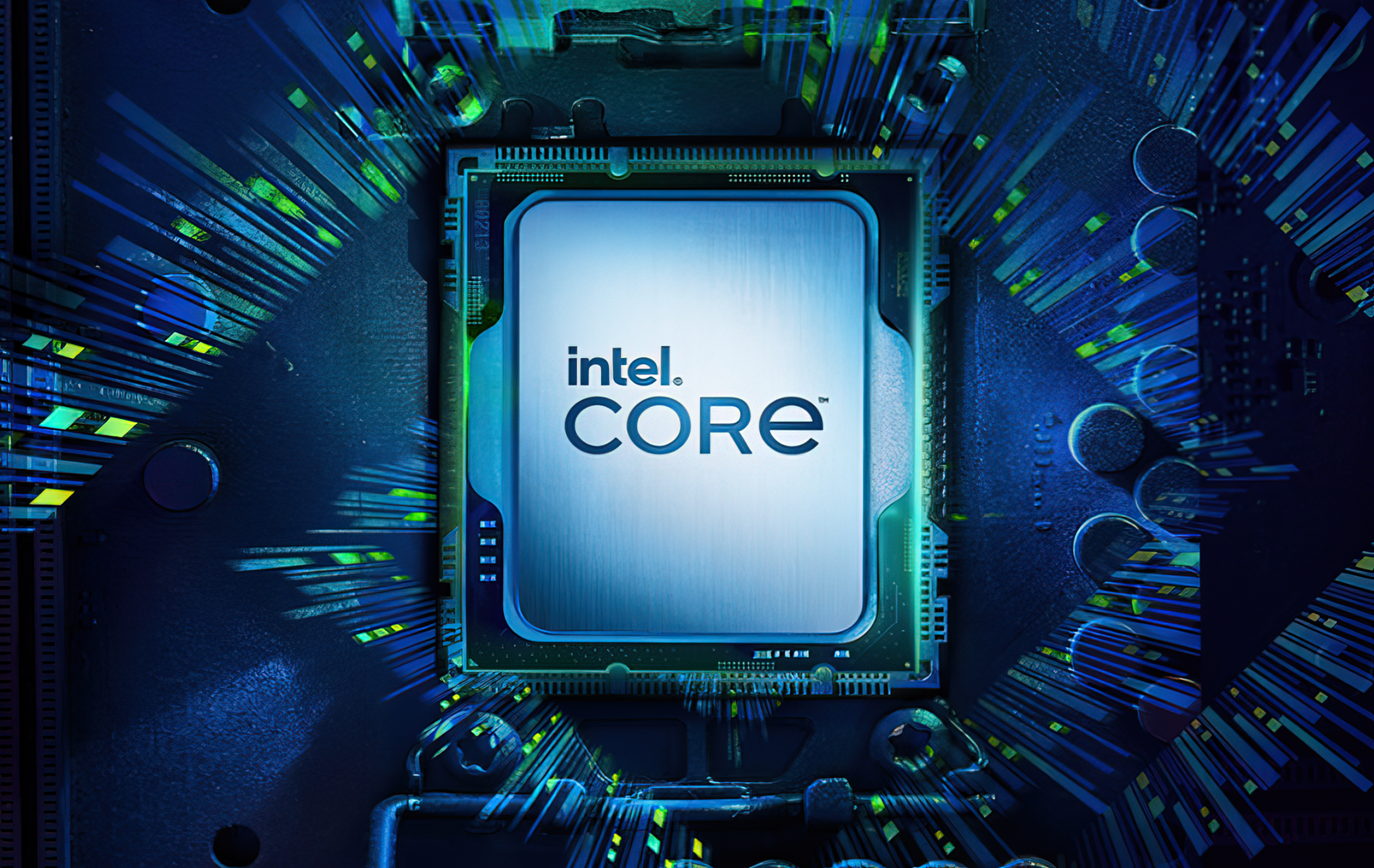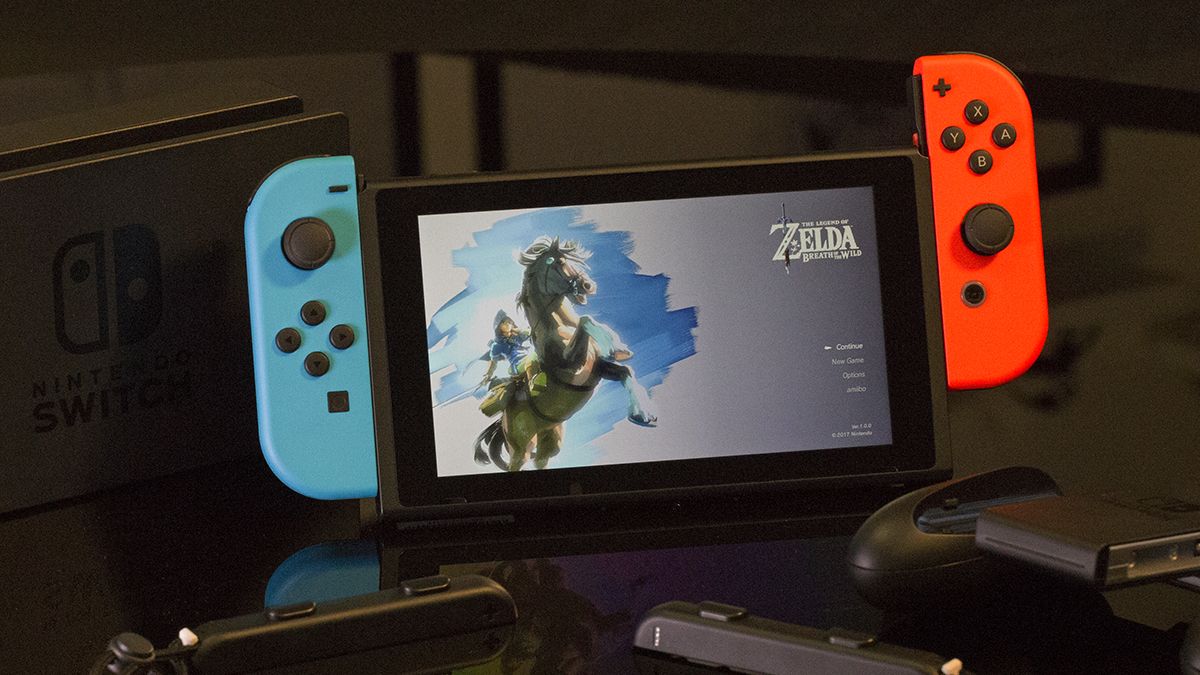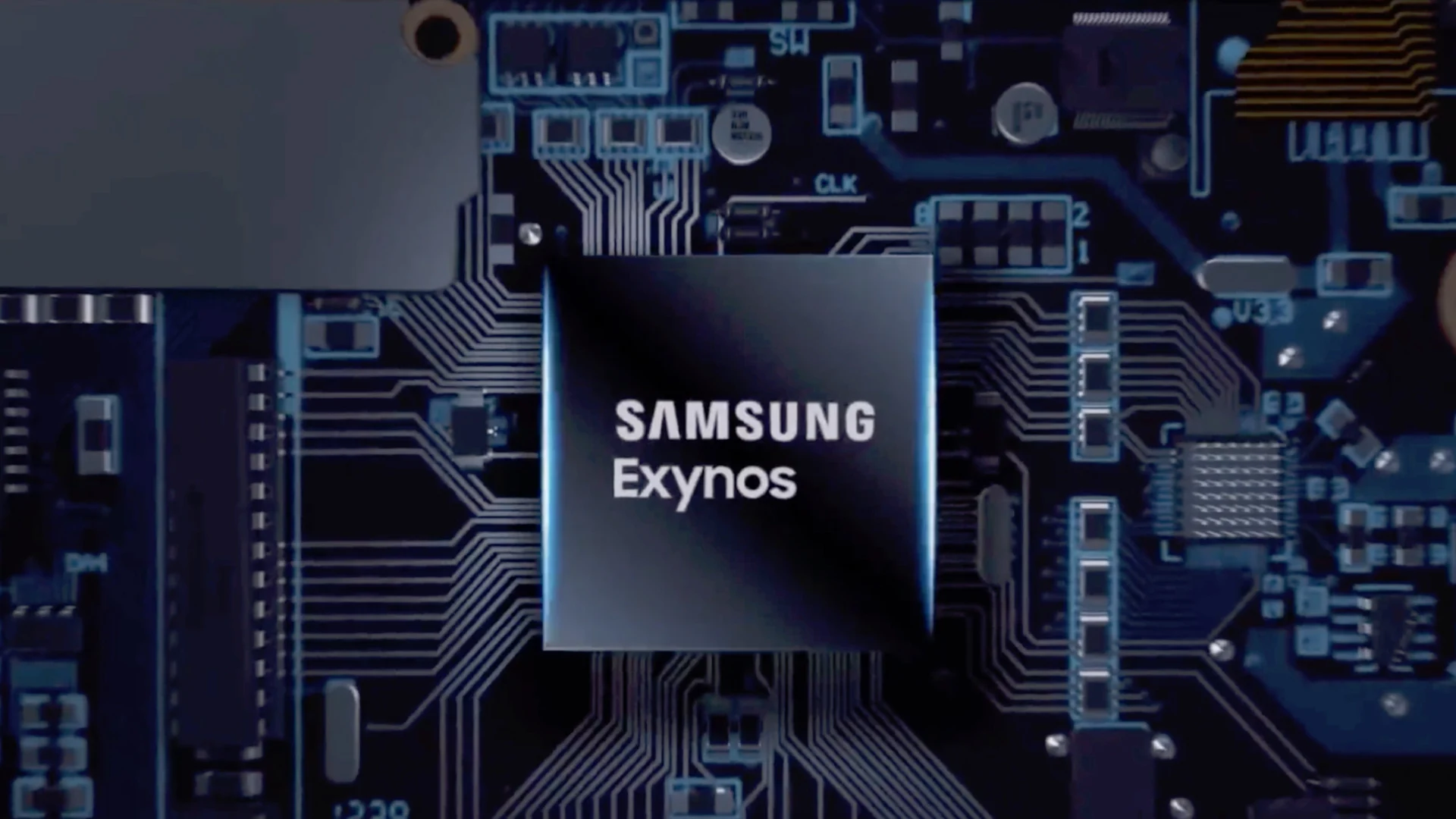Intel is set to shake up the CPU market with its upcoming Arrow Lake processors, but this innovation comes with a significant change – the removal of DDR4 memory support. This strategic decision marks a definitive shift towards DDR5, the newer and faster memory standard, and could have a major impact on consumers and PC builders alike.
Embracing DDR5: A Leap into the Future of Memory Technology
DDR5 has been steadily gaining traction in the market, promising higher speeds and improved bandwidth compared to its predecessor, DDR4. While DDR5 modules are still relatively expensive, Intel’s move could signal a turning point, potentially accelerating the adoption of DDR5 and driving down prices in the long run.
The End of an Era: Saying Goodbye to DDR4 Compatibility
Intel’s decision to drop DDR4 support is a departure from its previous strategy, which involved offering compatibility with both DDR4 and DDR5 on its 12th, 13th, and 14th-generation CPUs. This dual compatibility allowed users to upgrade their processors without necessarily investing in new, pricier DDR5 memory modules. However, with Arrow Lake, Intel is taking a bold step towards DDR5 exclusivity.
Implications for Consumers and PC Builders
The shift to DDR5-only support could have several implications. For consumers looking to upgrade their systems with Arrow Lake CPUs, it will mean investing in DDR5 memory and potentially new motherboards with the LGA 1851 socket. This could increase the overall cost of upgrading, especially in the short term when DDR5 prices remain high.
On the other hand, this move could incentivize the market to accelerate the production of DDR5 modules, leading to greater availability and eventually lower prices. It could also encourage motherboard manufacturers to focus on developing cutting-edge platforms optimized for DDR5 performance.
Performance Gains and Future Prospects
By focusing solely on DDR5, Intel aims to unlock the full potential of its Arrow Lake processors. DDR5’s higher speeds and increased bandwidth could translate to significant performance improvements in various applications, including gaming, content creation, and productivity tasks.
While the transition away from DDR4 may pose some initial challenges for consumers, it represents a strategic step towards the future of memory technology. As DDR5 becomes more widely adopted and prices normalize, the benefits of this shift could become more apparent, ultimately leading to faster and more powerful computing experiences.










Add Comment